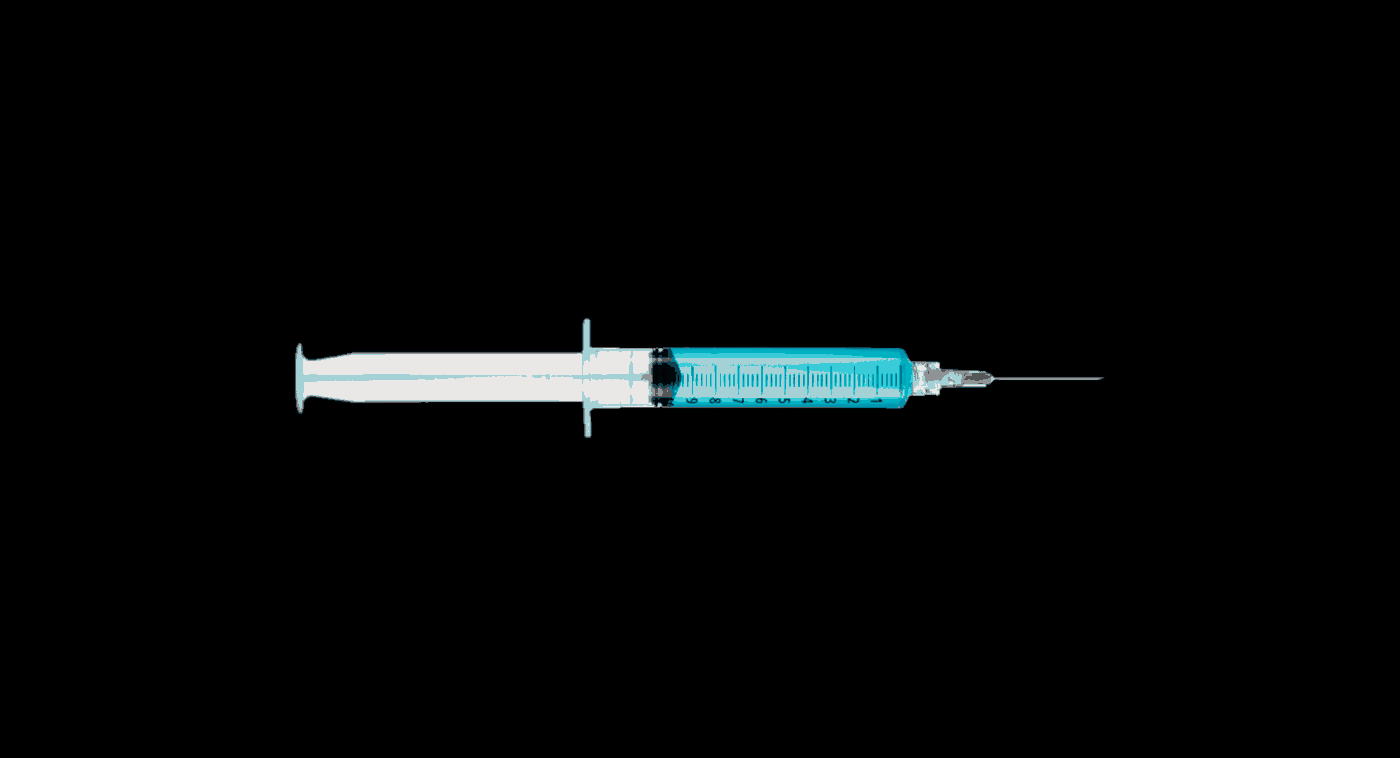Brief History & How Vaccines Work
Vaccines basically prepare the body to fight against diseases. They can usually consist of either weakened or dead germs, lesser forms of the disease itself. Everytime the immune system encounters the weakened germ(s), it produces specialized antibodies that easily defeat the disease. Later, if the body encounters the real or more powerful disease, it "recalls" the antibodies that it produced earlier and easily fights off the illness.
Vaccines were first introduced during the peak of the European smallpox epidemic in 1796. Edward Jenner, an English country doctor, noticed that milkmaids would sometimes get cowpox, a lesser form of smallpox, from handling cows. These same milkmaids appeared resistant to smallpox.
On a whim, Jenner infected fluid from the hand of a milkmaid and injected it into an 8 year old boy. The boy came down with cowpox but quickly recovered. Jenner then injected the small boy with smallpox, and he didn't become sick. He concluded that cowpox could protect us from smallpox, and the first vaccine was, in fact, the cowpox virus.
Vaccine is derived from the Latin word for cow - vacca.
Vaccines throughout history have protected humans from some of the world's most deadly diseases. For example: mumps, measles, tuberculosis, rubella, whooping cough, and of course smallpox. However, not everyone has to receive an injection to be considered protected from a disease. There's a principle based on herd immunity. Basically, it holds that if enough people in a population, or community, receive a vaccine, those vaccinated will act as barriers to the spread of the disease. Yet the specific number that should be vaccinated varies from disease to disease. Vaccinating around the 90 percentile of a population, most of the times, tantamount to vaccinating the entire population.
There are certain groups that are considered more likely to spread disease than others. For example, in the United States, children are the most likely group to spread diseases since since they are in such close proximity to each other in schools. A research study by Emory University concluded that inoculating around 30 percent of schoolchildren reduced the probability of a community-wide flu epidemic from 90 percent to 65 percent. If upwards towards 70 percent of the children were inoculated, the chance of an epidemic dropped to just under 5 percent.
Both Catholic and Protestant churches originally objected to vaccines.
Herd immunity only applies to diseases that are transferred from person to person. For example, herd immunity doesn't protect from tetanus, which is contacted when an open wound comes in contact with contaminated materials.
Currently, there's a vaccine that may be showing some succuss against the HIV virus. It is being tested in Africa.
There's evidence that suggests that some Chinese and Indian communities used vaccines before the 1700s.
References and further readings
Carrington College
The CDC
History of Vaccines Org
The World Health Organization
John Hopkins University
American College of Physicians
Wikipedia - Vaccines

Congratulations! This post has been upvoted from the communal account, @minnowsupport, by SunnyEgo from the Minnow Support Project. It's a witness project run by aggroed, ausbitbank, teamsteem, theprophet0, someguy123, neoxian, followbtcnews, and netuoso. The goal is to help Steemit grow by supporting Minnows. Please find us at the Peace, Abundance, and Liberty Network (PALnet) Discord Channel. It's a completely public and open space to all members of the Steemit community who voluntarily choose to be there.
If you would like to delegate to the Minnow Support Project you can do so by clicking on the following links: 50SP, 100SP, 250SP, 500SP, 1000SP, 5000SP.
Be sure to leave at least 50SP undelegated on your account.
@sunnyego Thank you for not using bidbots on this post and also using the #nobidbot tag!
Congratulations @sunnyego! You received a personal award!
You can view your badges on your Steem Board and compare to others on the Steem Ranking
Vote for @Steemitboard as a witness to get one more award and increased upvotes!